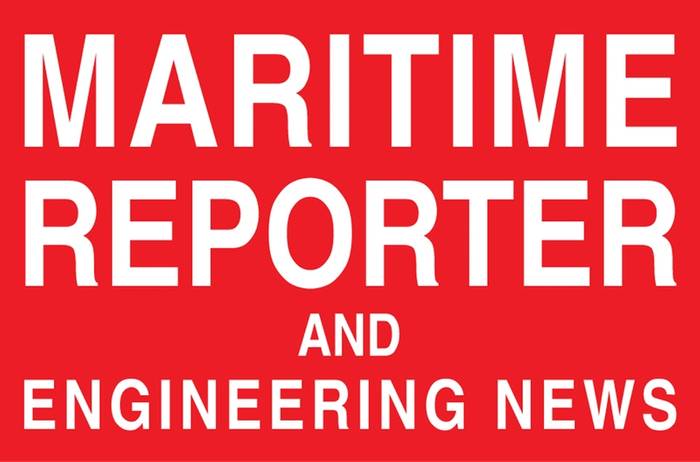Column
Training Tips for Ships
Training Tips for Ships #37:
Choosing Your Training Media: The Media is NOT the Message
By Murray Goldberg, CEO, Marine Learning Systems
In the previous editions of Training Tips for ships, we introduced the topic of choosing the most appropriate media for our eLearning goals. We argued that it comes down to choosing the right tool for the job at hand. Are we hoping to help trainees assimilate knowledge? Understand a concept? Learn to perform a task? Or be able to reason and make decisions? Different choices of media are appropriate based on the goal. We then went on in the most recent Training Tips for Ships to make an argument for the most maligned of media, text, and imagery. In fact, simple text and images can be tremendously efficient and effective at conveying certain kinds of knowledge.
Now we move on to what is often referred to as rich media choices: audio, video and interactive simulations. Let’s look first at video and audio.
The strength of video is in its power to provide familiarity with an item or an environment (eg. a ship tour) and to demonstrate processes or procedures. As such, while video is credible at conveying information, it is more suited to demonstrating conceptual knowledge, and more suited still to skill training since the steps embodying a skill can often be captured in a video. For example, it is easy to imagine a video which explains what it means to take a sounding, and then lead the viewer through the process of actually taking one.
Audio can provide benefits like those of video, and it is most obviously suited to conveying auditory information. As a good example of the use of audio, consider a page which teaches various emergency ship signals, maneuvering signals and verbal signals.
More interestingly, video and audio can be combined to enrich the information transfer afforded by either alone. For example, while the procedure of taking a sounding can be demonstrated well using a video of someone undertaking that process, an audio overlay identifying the important steps and safety considerations greatly improves the information transfer. And finally, if the video demonstration is paused at key points and text is used to highlight core concepts and to ask questions, an even stronger impact can be made - all with simple and affordable media.
This last point highlights the fact that combining media types to highlight and reinforce certain bits of information is an excellent way to provide emphasis and is often a very effective teaching technique.
Let us turn now to simulation. Although the creation of simulated environments for learning is beyond the scope of most non-specialists, it is still important to understand the value of simulation.
The maritime industry (along with many others) has been employing simulation in training for decades. Maritime simulation systems come in many varieties including full mission bridges, engine room simulations (sometimes integrated with a bridge simulator), part-task simulators, and finally web-based (PC-based) simulations. Each has their place and their price.
As is likely already evident, simulator training is an outstanding vehicle for training both skills and the ability to reason in novel situations. However, it is not generally useful at conveying facts, and only somewhat useful at generating a conceptual understanding. This last statement drives home the fact that each media choice has its own strengths and limitations. It is absolutely not the case that a more expensive or more sophisticated media is always better for a particular learning application.
The bottom line is this: use the media that will do the job, keeping in mind that whatever choices you make, you’ll need to not only create it, but also maintain and update it. Clear, well presented learning modules built of text, imagery, audio, and video can produce excellent results. Simulation aside (where realism is important), studio-quality production value may look impressive, but will not produce better results. Keep it simple and clear.
Thank you for reading and until next time, keep healthy and sail safely.
